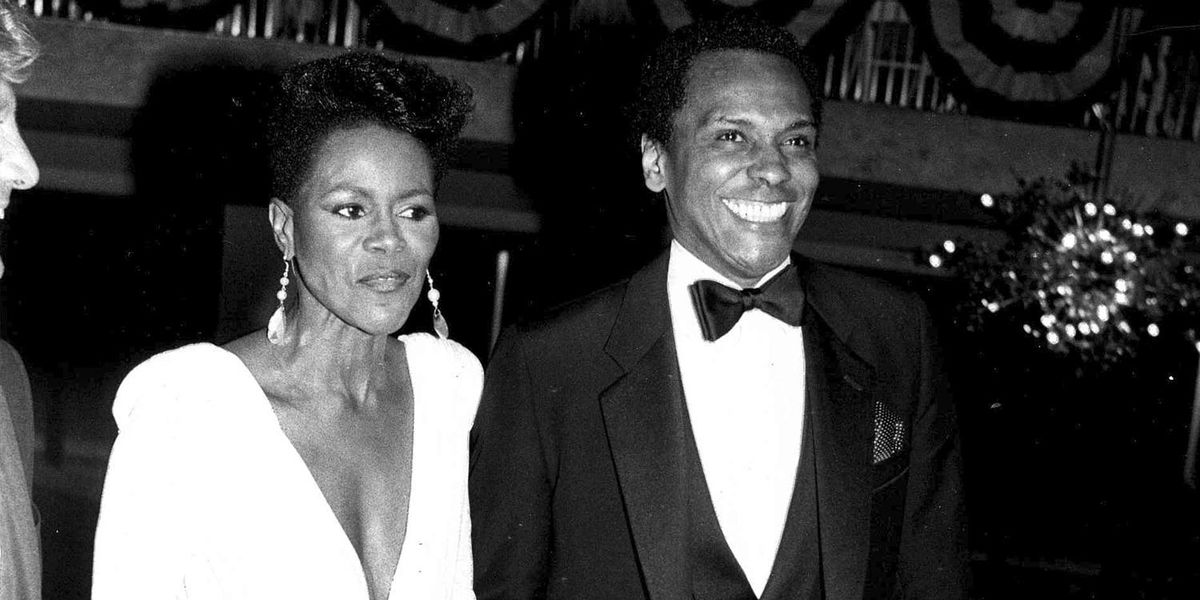Cicely Tyson and the Enduring Legacy of Arthur Mitchell’s Dance Theatre of Harlem
Cicely Tyson, the legendary 96-year-old Black actress whose February 16 funeral at Harlem’s Abyssinian Baptist Church was attended by, among others, Tyler Perry, Lenny Kravitz, and Bill and Hillary Clinton, is remembered for performances that transcended stereotypes and made an indelible impression on a nation’s heart and soul.
Among the most fondly remembered is her breakout role in the 1972 movie Sounder, which depicts a Black sharecropper family’s struggle to survive in the Jim Crow South. The role catapulted Tyson to stardom, winning her an Academy Award nomination and a reputation as someone committed to enhancing Blacks’ representation in the arts. Throughout a seven-decade career, countless critically acclaimed, award-winning roles in films, onstage and on television reaffirmed that image. Yet one role reflecting the depth of that commitment is much less visible—the supporting one she played working with longtime friend Arthur Mitchell when he envisioned, shaped and established the groundbreaking Dance Theatre of Harlem.
The first time many learned of it was during the Riverside Church tribute following Mitchell’s passing in 2018. There the elegant, petite Tyson recalled, through tears and laughter, their decades-long friendship: “To say he was one of the dearest persons in my life is an understatement.” The story she shared that day, which is recounted in her current memoir Just As I Am (written with Michelle Buford), involves an important piece of dance history.
Following the 1968 assassination of civil rights leader Dr. Martin Luther King, Jr., Tyson writes that she and Mitchell, like so many others, wanted to “carry on Dr. King’s legacy…to move his dream from rhetoric to reality.” Then, Mitchell had a brainstorm. It happened one morning at 3 am, during one of their hours-long, late-night phone calls that had become a habit following their chance meeting on a New York City street several years earlier, when Tyson’s star was beginning to ascend and Mitchell’s was shining bright at New York City Ballet, where he would become the company’s first Black principal dancer. That night on the phone, Mitchell had a eureka moment: “I’ve decided what we should do. I am going to form my own dance company.” Tyson recalls, “The fervor in my friend’s voice, the passion with which he spoke, dragged me from my bed. I washed my face, pulled on a trench over my pajamas, and took a cab over to his place a few streets away. On Arthur’s living room floor, amid papers and photographs he’d assembled while brainstorming, we sat talking about how we could move his vision forward.”

Thaddeus Goven, Jr., Courtesy Dance Theatre of Harlem
Before the sun came up, they had invited the actor Brock Peters, a mutual friend, to join the deliberations. The three thrashed out Mitchell’s vision, as Tyson writes, of “opening a classical ballet school, a place where Black children—toes pointed, horizons expanded—could learn the rigors and discipline that had lifted him toward prominence.” And, as the saying goes, the rest is history. Mitchell would reach out to his mentor, famed ballet teacher Karel Shook, beckoning him to return to New York from the Netherlands to be part of the venture, and secure the pivotal support of NYCB’s George Balanchine and Lincoln Kirstein.
Countless young dancers have benefited from the vision hatched during a late-night phone call between two close friends. Not the least among them is DTH’s current artistic director and founding company member Virginia Johnson, whose career includes critically acclaimed performances in such ballets as Balanchine’s Agon, Giselle, A Streetcar Named Desire and Fall River Legend.
Recalling the charismatic Tyson, Johnson said recently that the actress was not only a dear friend of Mitchell’s but also served on the DTH board for a time, becoming one of the company’s national advisors. “[She was] a voice we looked to,” said Johnson, “to tell us how she saw DTH in the world as the world changed, moving forward.” Tyson even accompanied DTH on tour, teaching acting classes for the dancers. “It was an amazing experience,” Johnson said. “She was teaching us a craft that we would use as dancers as much as she used it as an actor.” In fact, while Johnson’s roles in such dramatic ballets as Agnes De Mille’s Fall River Legend “came in the ’80s, when Tyson was no longer that involved with the company,” Johnson said, “what she taught me in those early days stayed with me and were part of the tools I used to develop those characters.”
Of course, Cicely Tyson will always be remembered as the legendary actress whose career reflected a desire to shatter stereotypes and battle injustice. She portrayed characters who embodied strength, resilience and dignity. She must also be remembered as Arthur Mitchell’s dear friend who helped form the blueprint of a ballet company that would accomplish a similar mission: shattering stereotypes and battling injustice while embodying excellence.





